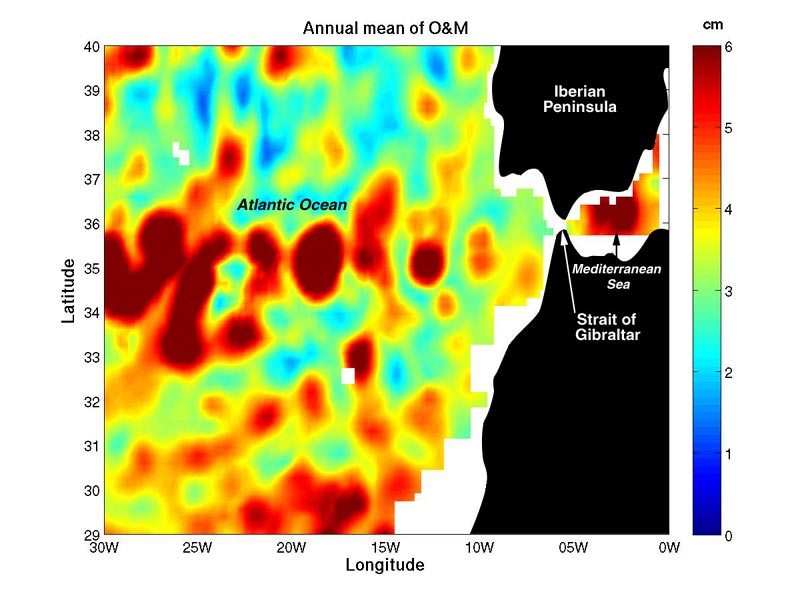In the human thermal environment, radiation, conduction, convection, and vaporization are balanced against an individual’s own metabolic heat production to achieve constancy of internal body temperature of about 37° C.We have briefly mentioned some characteristics of living material at various levels of organization. It is worth summarizing also the nature of man’s thermal environment, because it is the starting point of his progress, first for survival and latterly as master. Later, we shall discuss the responsibilities of this privileged position.
Radiation:
The human body, irrespective of skin color, radiates heat to the atmosphere if the temperature of surrounding surfaces is lower. The amount of radiation is roughly proportional to the difference in surface temperatures. Out of doors, radiation is received from the sun in three ways: (1) directly, depending on infiltration through the atmosphere and clouds, and elevation of the sun; (2) by reflection from the surface, e.g., snow, water, rocks; and (3) by re-radiation from a heated surface, such as a hot pavement.
Convection:
A thin layer of air is constantly in motion upward as it is heated and humidified by the skin, and is replaced by cooler, drier air. The heat transfer of this natural convection depends on the temperature difference between skin and air, and it may be increased by driving the air by a fan. This convective envelope may properly be considered an example of the human microenvironment. Within its laminar and turbulent layers, particles and micro-organisms are entrained from the’ skin or the ambient air, or both; it is the driving force which presents polluted air to the respiratory system, and it may also be a link in the spread of infection (Lewis et al., 1969).
Evaporation:
Cooling is greater if convected air passes over wet skin surfaces. There is constant transpiration of tissue fluid to the surface, representing a loss of 400 to 500 ml. per day. This is insensible perspiration, quite apart from secretion from sweat glands, which can amount to as much as 11 liters per day in the desert. Cooling is achieved only if the sweat actually evaporates from the surface. There is no benefit if the fluid merely drips away from the skin; this constitutes useless loss of an essential body constituent.
Conduction:
Heat passes from the deeper tissues to the surface by conduction. If there is a minimal blood supply, fat, skin, and muscle, in that order, act as relative insulators; but when there is vasomotor activity, these thermal properties are of much less significance compared with heat transfer by blood flow. From the skin surface there is relatively little heat lost to the air, because air has low thermal conductivity. By comparison, the situation is dramatically changed when the individual is immersed in water, the high thermal conductivity of which causes maximal heat flow.
Controlling these physical routes of heat exchange are the physiologic functions of vasomotor activity, sweating and shivering, but the ultimate control is behavioral, viz., the wearing of clothes, the building of shelter, and the use of fire. Man as a naked animal is best suited to the tropical forest where he is protected from solar radiation and extremes of temperature.
If he moves to a hotter environment, e.g., the desert,- his physiologic functions will have to undergo a process of adjustment so that he can function efficiently. Before he has acclimatized, he will find mental and physical work difficult; he may faint easily, and he will be generally more distressed than the indigenous people. His skin is flushed and dry. Within 10 to 14 days, however, he is more comfortable in the heat, and has an increased capacity for work; his reactions are now the same as those of the resident population.
The initial discomfort is due to a combination of increased peripheral vasodilation and increased pulse rate, providing a disproportionate amount of the cardiac output for cooling the body, which is a preponderant requirement. There is some sweating in the early stages, but it is inadequate. Later, sweating begins at a lower body temperature; it becomes more profuse as the sweat glands have a higher output for longer periods, and evaporative cooling now more effectively allows the transfer of heat to the surface. There is lowering of the body temperature, and a greater proportion of the cardiac output can be used for physical work.
If naked man moves toward the temperate zones, he approaches the limit of adaptation to cold. There is vasoconstriction and shivering, and he will now have to resort to the use of clothing and shelter to be comfortable.Whereas acclimatization to heat is a well-defined efficient physiologic response, there is no clear evidence for “useful acclimatization to cold.
For his migration from the equatorial to the temperate and colder zones of the world, man has had to create a protection, which we may term the built environment. In the tropical regions, this need, though desirable, is not essential for survival. Nonetheless, man requires something better of his environment than mere survival.
If he is to function efficiently and creatively, the bulk environment emerges as a feature in both the hoc, and cold parts of the world—but’with this difference; its creation has been relatively simple in the former. In cold areas, the built environment is much more elaborate to serve the requirements oz vigorous technological civilizations such as those found as far north as the circumpolar regions cf the world.
